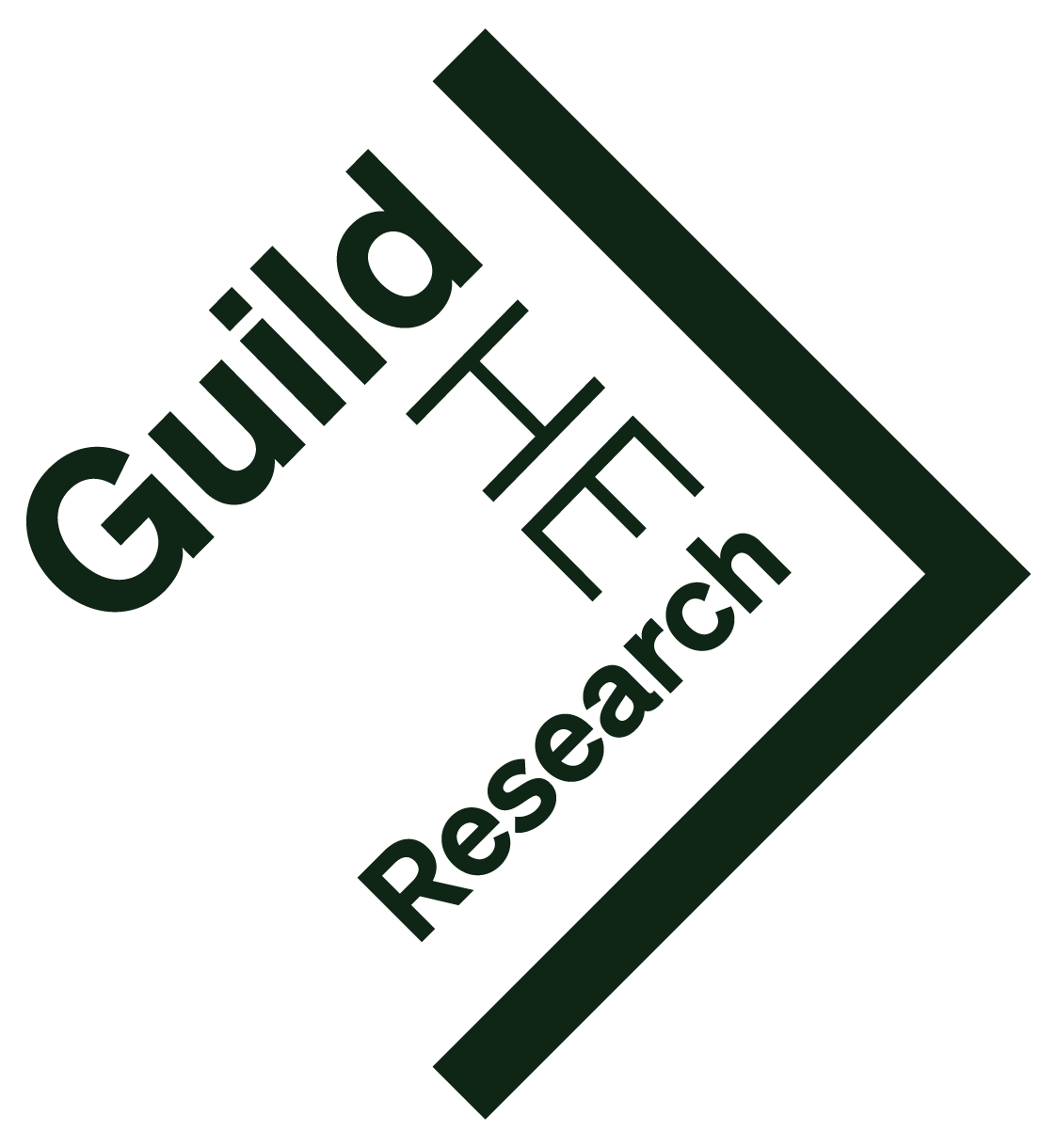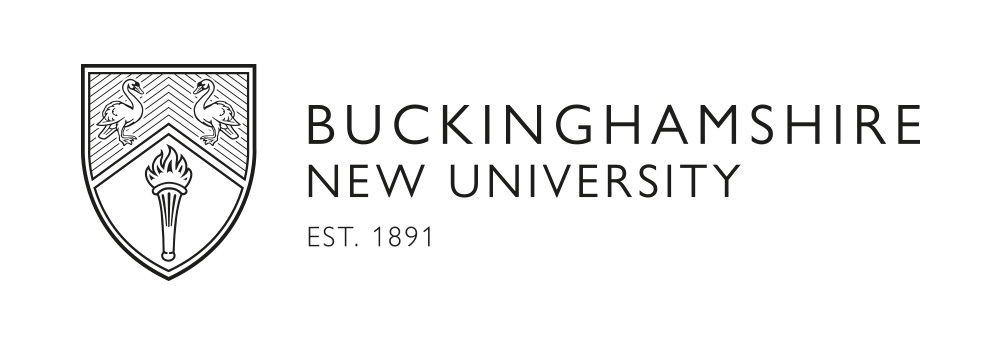Haunted People Syndrome Redux: Concurrent Validity from an Independent Case Study
OKeeffe, Ciaran, Massullo, Brandon, Laythe, Brian, Dagnall, Neil, Drinkwater, Kenneth and Houran, James (2025) Haunted People Syndrome Redux: Concurrent Validity from an Independent Case Study. Journal of Scientific Exploration. ISSN 0892-3310
|
Text
19552_Okeeffe.pdf - Published Version Available under License Creative Commons Attribution Non-commercial No Derivatives. Download (463kB) |
Abstract
Auerbach et al. (2023) proposed an AECKO model to describe the features and dynamics of a poltergeist-like disturbance they investigated with virtual technology during the COVID-19 pandemic. A two-part exercise nonetheless shows that their findings fundamentally support Laythe, Houran, Dagnall et al.’s (2021) grounded theory of Haunted People Syndrome (HP-S), which was independently developed at an earlier time. HP-S asserts that ghostly episodes recurrently manifesting to certain people are an interactionist phenomenon emerging from individuals with heightened somatic-sensory sensitivities, which are stirred by dis-ease states, contextualized with paranormal belief, and reinforced via perceptual contagion and threat-agency detection. Part 1 of our research identified strong conceptual parallels between the AECKO and HP-S models, whereas Part 2 involved a content analysis by an independent and clinically-trained researcher (with cross-checking by an expert panel) who used standardized measures to compare Auerbach et al.’s case to the phenomenology of ‘spontaneous’ ghostly episodes and the five recognition patterns of HP-S. The available data suggested this case had below-average ‘haunt intensity’ that closely approximated baseline scores for Illicit and Fantasy narratives. Likewise, its S/O distribution pattern most resembled accounts with knowingly embellished or false testimony. These results imply that the anomalies considered here were not expressly ‘spontaneous.’ Content analysis further detected a majority of the HP-S recognition patterns in the case material, as well as evidence that the apparent focus person strongly matched the psychometric profile of poltergeist agents found in prior research. Auerbach et al.’s data therefore arguably provide good concurrent validity for the HP-S model. Taken altogether, we assert that ghostly episodes are best conceptualized, researched, and addressed through a biopsychosocial lens and phenomenological approach, irrespective of the potential contribution of putative psi. We discuss these ideas relative to new research directions and clinical applications.
| Item Type: | Article |
|---|---|
| Depositing User: | RED Unit Admin |
| Date Deposited: | 15 Jan 2025 12:14 |
| Last Modified: | 22 May 2025 13:13 |
| URI: | https://bnu.repository.guildhe.ac.uk/id/eprint/19552 |
Actions (login required)
 |
Edit Item |

